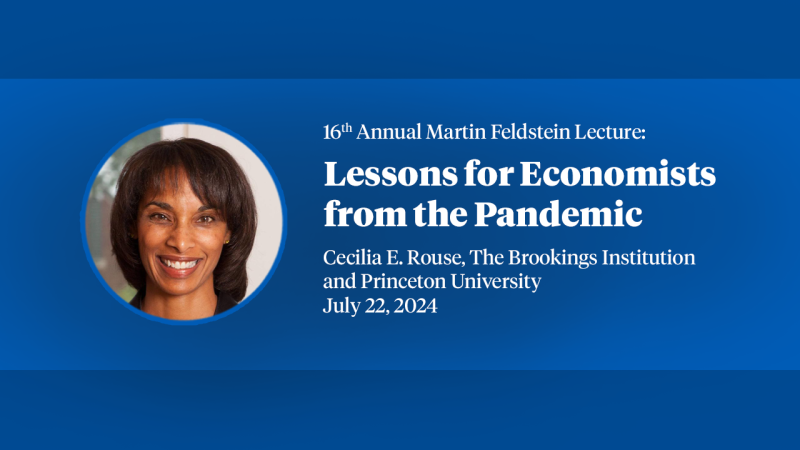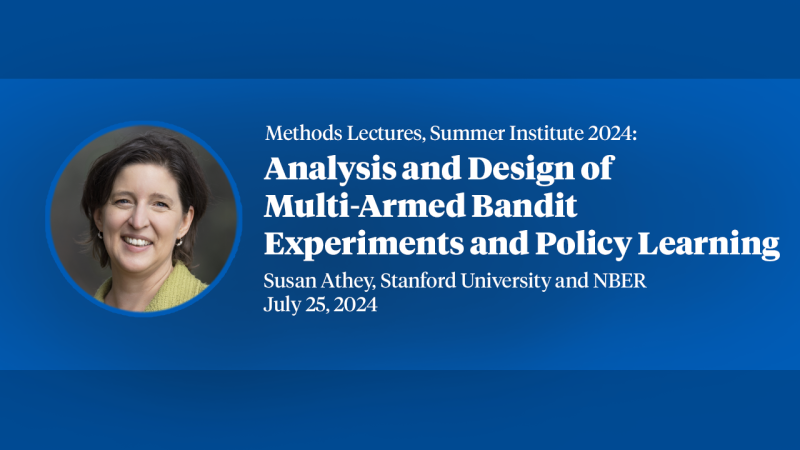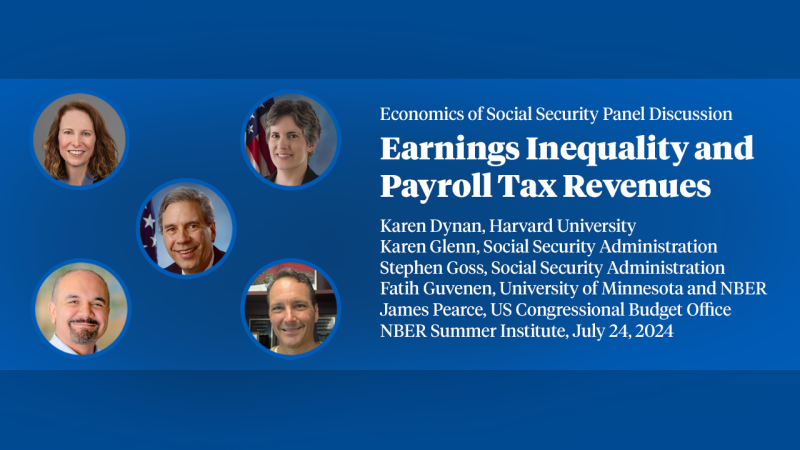Protection for Whom? The Political Economy of Protective Labor Laws for Women
During the first half of the twentieth century, many US states enacted laws restricting women's labor market opportunities, including maximum hours restrictions, minimum wage laws, and night-shift bans. The era of so-called protective labor laws came to an end in the 1960s as a result of civil rights reforms. In this paper, we investigate the political economy behind the rise and fall of these laws. We argue that the main driver behind protective labor laws was men's desire to shield themselves from labor market competition. We spell out the mechanism through a politico-economic model in which singles and couples work in different sectors and vote on protective legislation. Restrictions are supported by single men and couples with male sole earners who compete with women for jobs. We show that the theory's predictions for when protective legislation will be introduced are well supported by US state-level evidence.


